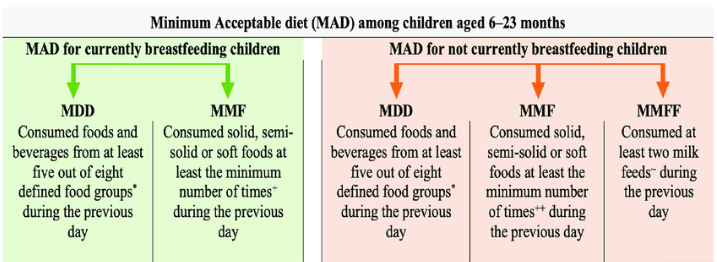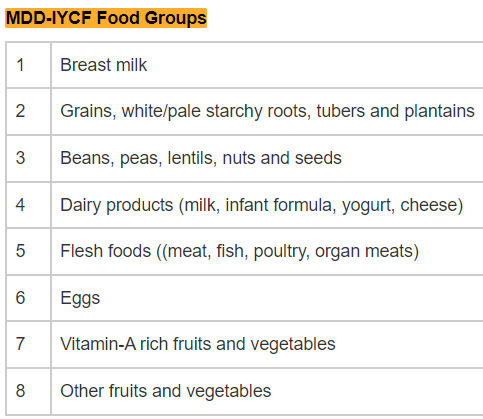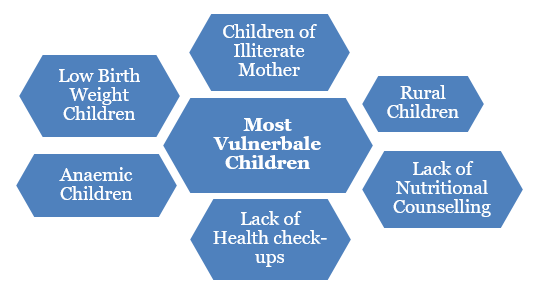7667766266
enquiry@shankarias.in
A recent study finds that, India’s central region showing the highest prevalence of minimum dietary failure.
|
Impact factors of Malnutrition |
|




The POSHAN Maah thematic celebration on POSHAN Vatikas captures the importance of diversity in diets. Promoting MDD helps in preventing malnutrition and improving the health and development of children.
References